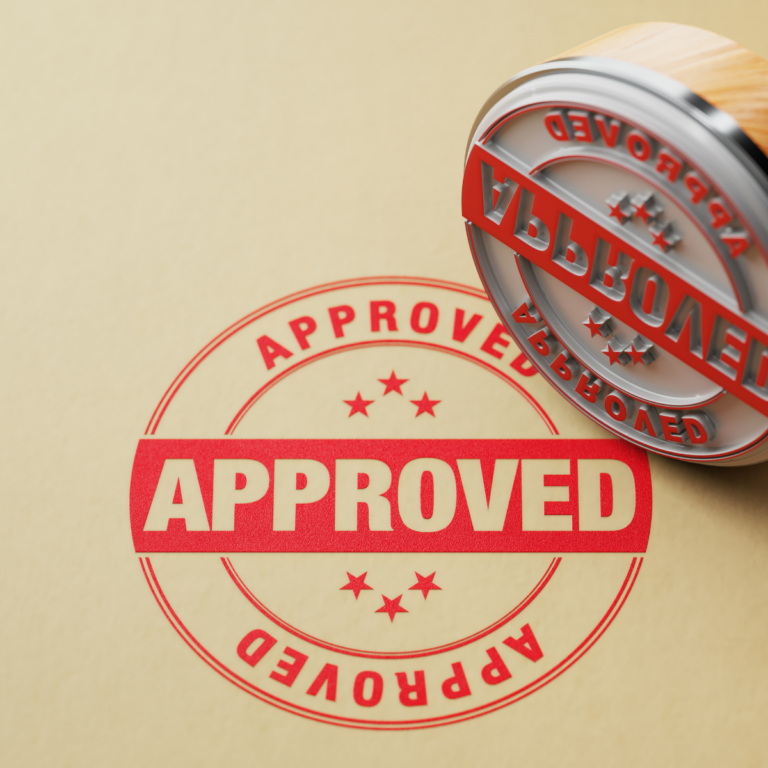Counterfeits and trademark infringements damage your company: Instead of a counterfeit, the buyer would have purchased the original. We will explain protection and defense options to you.
You can also take advantage of our one-hour webinar
“Combating plagiarism and trademark infringements on the Internet – New possibilities with AI” on Tuesday, October 10, 2023 at 10:00 a.m.
1. initial situation
By registering property rights for your products, you acquire a monopoly right. Trademarks, patents and designs are particularly relevant here.
If imitators appear on the scene, you can take action based on these property rights. By monitoring trading platforms on the Internet and other websites, you can ensure that you learn about counterfeit products.
As these are mass phenomena, continuous and efficient monitoring can only be implemented with AI support. Automated “take-down procedures” allow you to remove infringing offers with a high success rate without having to resort to lengthy legal proceedings.
2. protection of design, patent or trademark
Designs can be registered for novel manifestations of products. After registration of this unexamined property right, you can prohibit third parties from using the product design for identical or similar products.
Patents, on the other hand, protect technical inventions. Once granted, you obtain an effective protection and prohibition right against adopting the technology or manufacturing or work processes.
Trademarks can be protected relatively cheaply for distinctive words, logos, combinations and various other signs such as colors, sound sequences or shapes. This can be done for all conceivable goods and/or services. You can then take action against identical or similar license plates.
The decisive factor in the further course is the most efficient possible enforcement of these property rights.
3. enforcement of property rights
Not only official proceedings, e.g. opposition or cancellation proceedings, are relevant for the enforcement of monopolies arising from property rights. Injury procedures are particularly effective in practice.
In particular, the distribution of products or services by a competitor that is carried out by exploiting a property right is attacked. In addition to injunctive relief, the focus of such proceedings is on claims for damages, including the absorption of profits.
After the often only accidental discovery of the infringement, the infringing act is secured. AI-supported tools can be used to monitor the internet continuously and efficiently.
If plagiarism is identified, action is taken against it. The usual legal measures, such as a warning letter, are available for this purpose. As a rule, it is also possible to claim compensation for the costs of the warning letter, so that many such proceedings can be conducted in an economically cost-neutral manner.
Legal proceedings will only be initiated if the infringer does not agree to submit a cease-and-desist declaration and pay damages.
In the case of counterfeits on trading platforms in particular, the implementation of a “take-down procedure” is also an alternative. This means that an infringing offer can be removed from the platform quickly and without legal proceedings. The process can be largely automated using AI-supported tools. The success rates are generally high.
In this way, you can effectively protect your sales on the Internet from being affected by plagiarism.
Conclusion
Applying for property rights is only the first step. Combat plagiarism and infringements efficiently with modern tools and secure your monopoly – an important asset in your company.
On 10.10.2023 at 10:00 a.m., together with our platform partner Red Points, we will present our one-hour webinar “Combating plagiarism and trademark infringements on the Internet – New possibilities with AI”. This is about practical, AI-supported solutions with which you can effectively detect and combat plagiarism and trademark infringements through online applications.
Do not accept infringements and the associated loss of sales.




